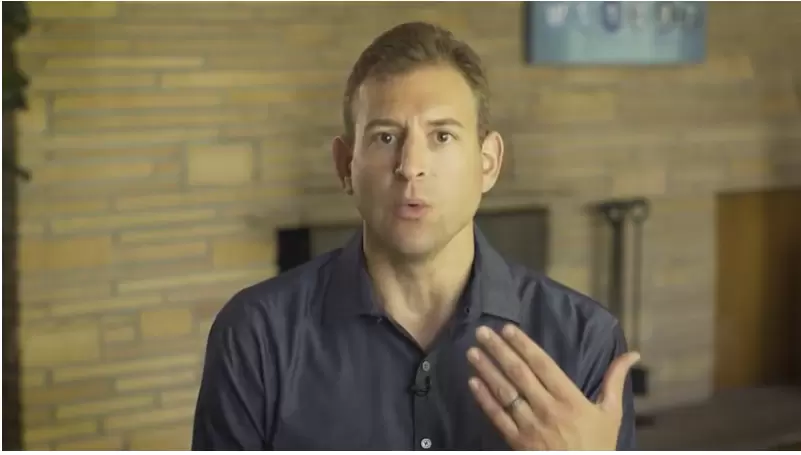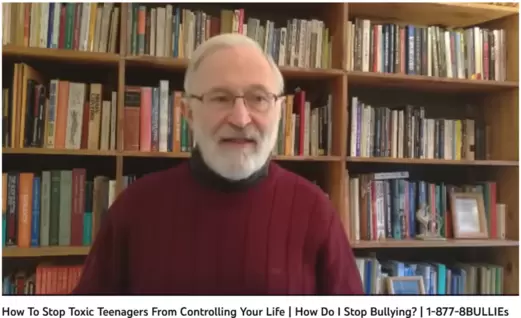History shapes parenting. The solutions you seek to end bullying do not come from trying to control your kid. They come from self-mastery and mindfulness.
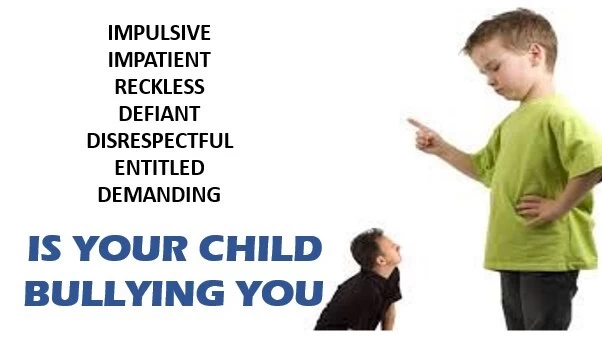
WHAT SPECIFIC MEMORIES COME TO MIND WHEN YOUR KID IS BULLYING YOU
Many parents find that keeping a parenting journal is instrumental in helping them break free of old patterns and open up new pathways in parenting. A journal forces you to make time for self-reflection and deeper consideration of your choices as a parent. Most important, a journal can be instrumental in helping you break reactive habits that escalate conflicts and fuel bullying behaviors.
It will be impossible to transform your relationship with your kid unless you transform your relationship with yourself. Putting a stop to bullying starts with valuing yourself more than you do now.
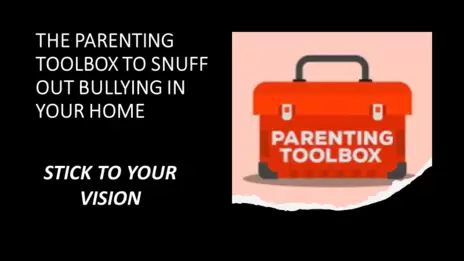
Step One: Stick to Your Vision To begin, you’ll need a vision for your new relationship with your kid. A vision will keep you focused during difficult times and inspire you to make a clean break with bad habits. Bullied parents tend to allow their relationship with their kids to deteriorate into endless nagging, arguing, or pleading. They get stuck in a cycle of negativity that weakens their leadership and chips away at their kids’ trust in them. Having a vision will give you a roadmap with a destination in sight (a bully-free relationship). With a clear endpoint in view, you’re less likely to wander off course when the going gets rough.
Write a List of your Child’s qualities
- What are you most proud of?
- When do you enjoy your kid the most?
- What tickles you about her talents?
- Next, think of the good times that you’ve had together—before bullying, when you enjoyed each other’s company.
- Chances are that you were engaged in an activity that you both like.
- Where did you go together?
- What did you do together?
- When was the last time you and your kid enjoyed that activity together?
Now let’s revisit those good times and consider how you can resume them.
- What can you start doing together again?
- When can you set aside time for this activity?
- Is there something new that interests both of you?
As you start to develop a vision, remember that no relationship is always smooth sailing. There will be good days and bad. But the more time you spend enjoying each other’s company, the less time you’ll spend rehashing old conflicts.
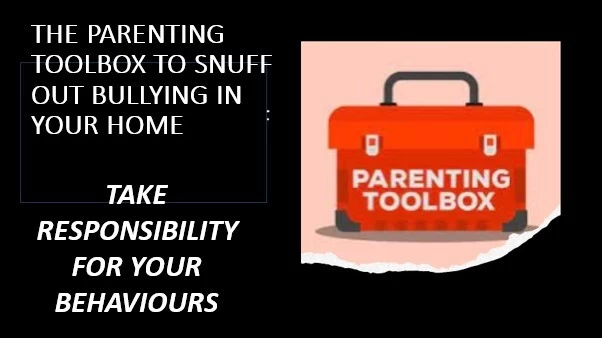
Step Two: Take Responsibility for Your Behaviors Parents who have been successful in creating new relationships with their kids had three things in common:
1.They took responsibility for their actions.
2.They understood the impact of their choices.
3.They worked hard on changing negative personal tendencies.
The biggest way to ending bullying behaviors is to model the behaviors you want from your kid. Too many bullied parents surrender to the heat of the moment and fail to follow through on modeling. For example: They demand respect, yet treat their kids disrespectfully. They want their kids to listen, yet don’t listen to their kids. They yearn for their kids to stop bullying, yet they bully their kids.
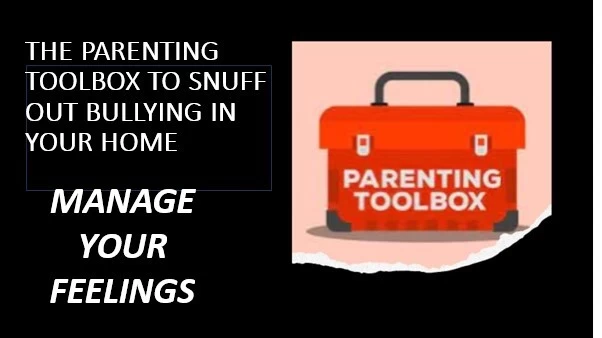
Step Three – Managing your feelings. For many bullied parents, a negative state of mind is at the source of the feelings that are so overwhelming during bullying moments. When your feelings are predominately negative, it’s impossible to summon the clarity and energy that new parenting choices will require. The best way to tackle these feelings that undermine your mindfulness is to consciously redirect them in a positive direction. I’ve organized these personal tendencies into a series of four smaller steps to stop old negative habits and start new positive ones. Think of them as a way to elevate your state of life and maintain your mindfulness in bullying moments. Let’s begin with the most important step you can take to clean up your interior world.
